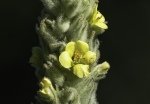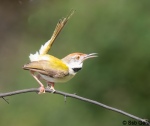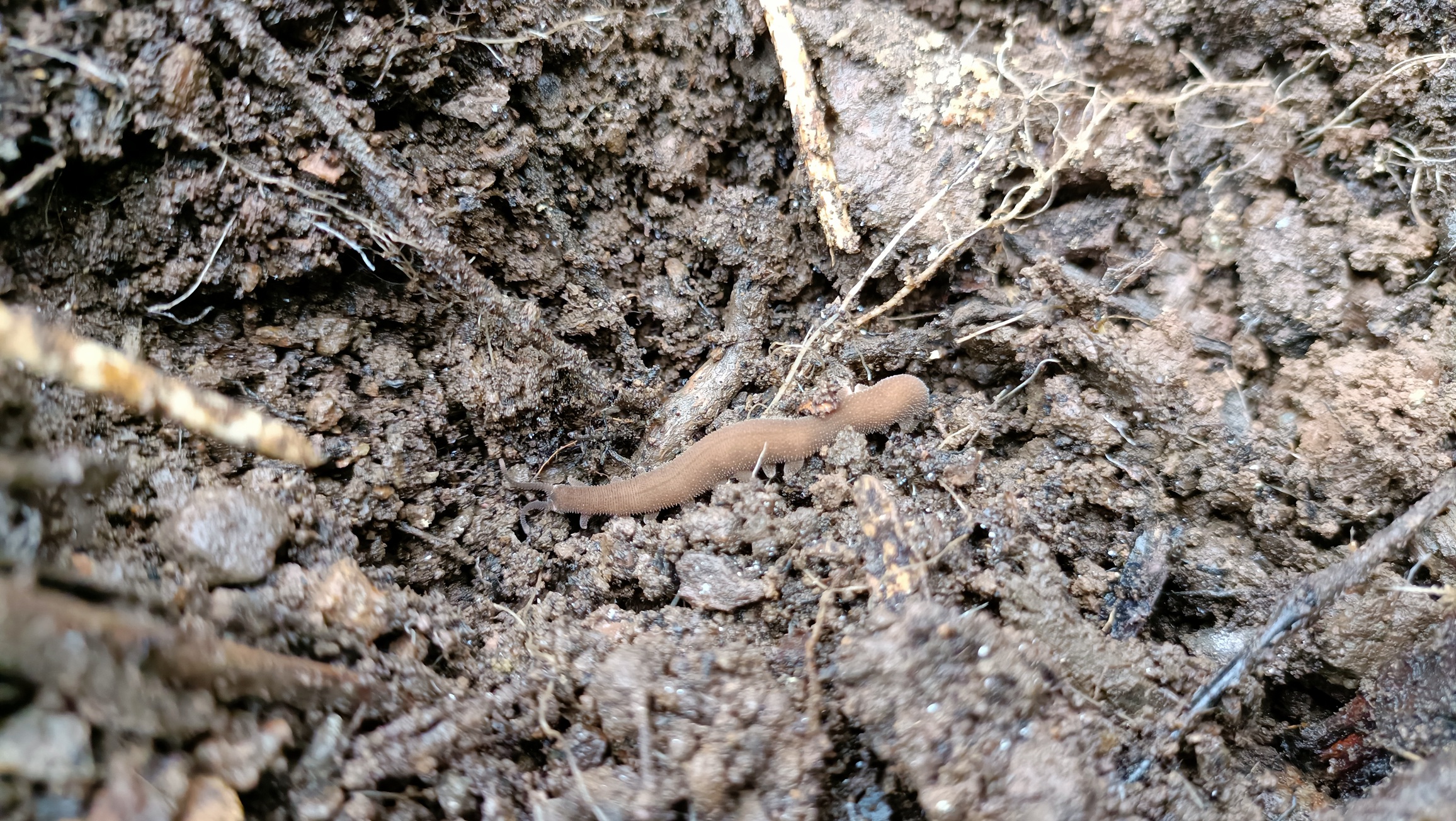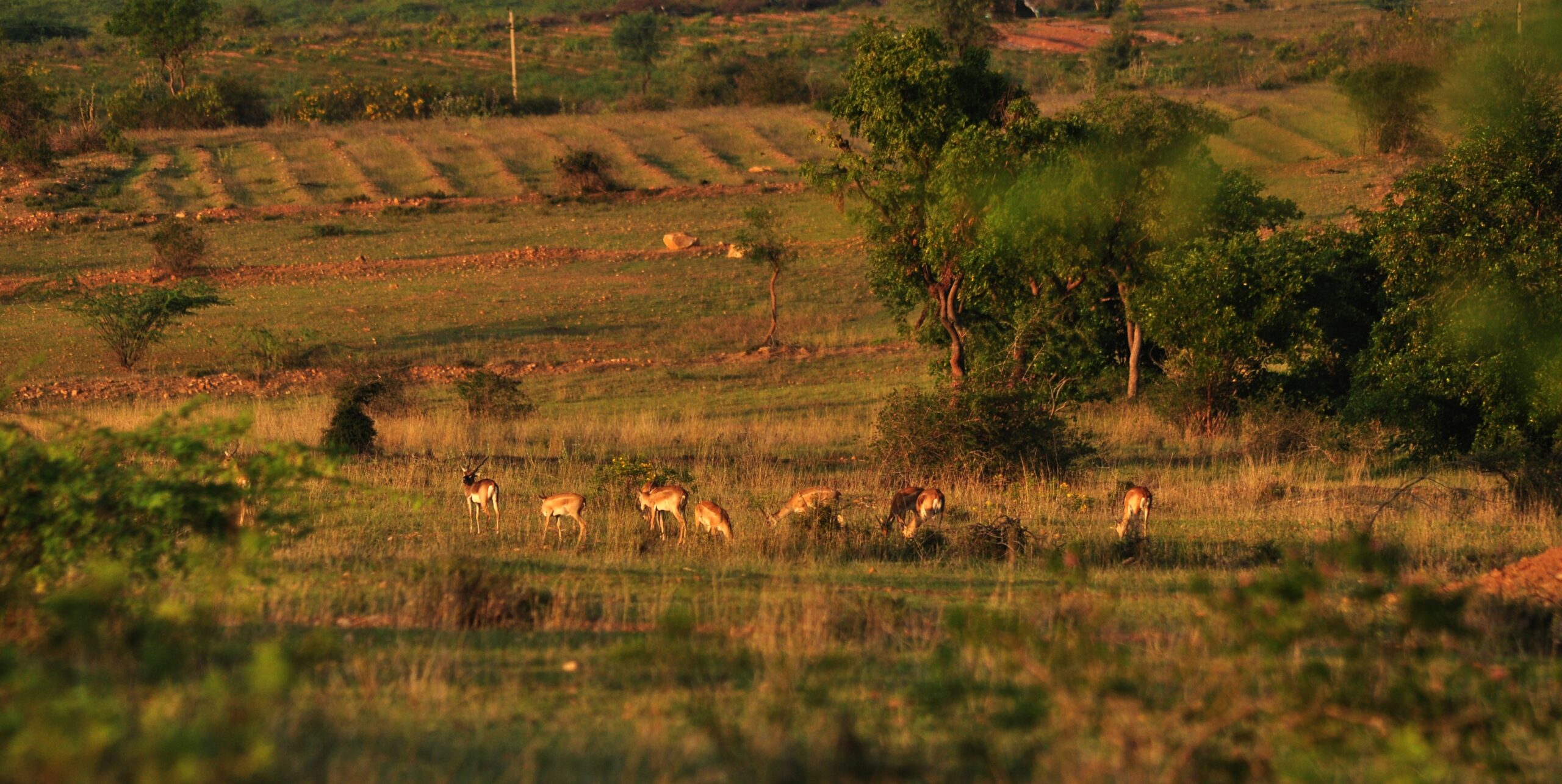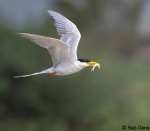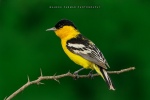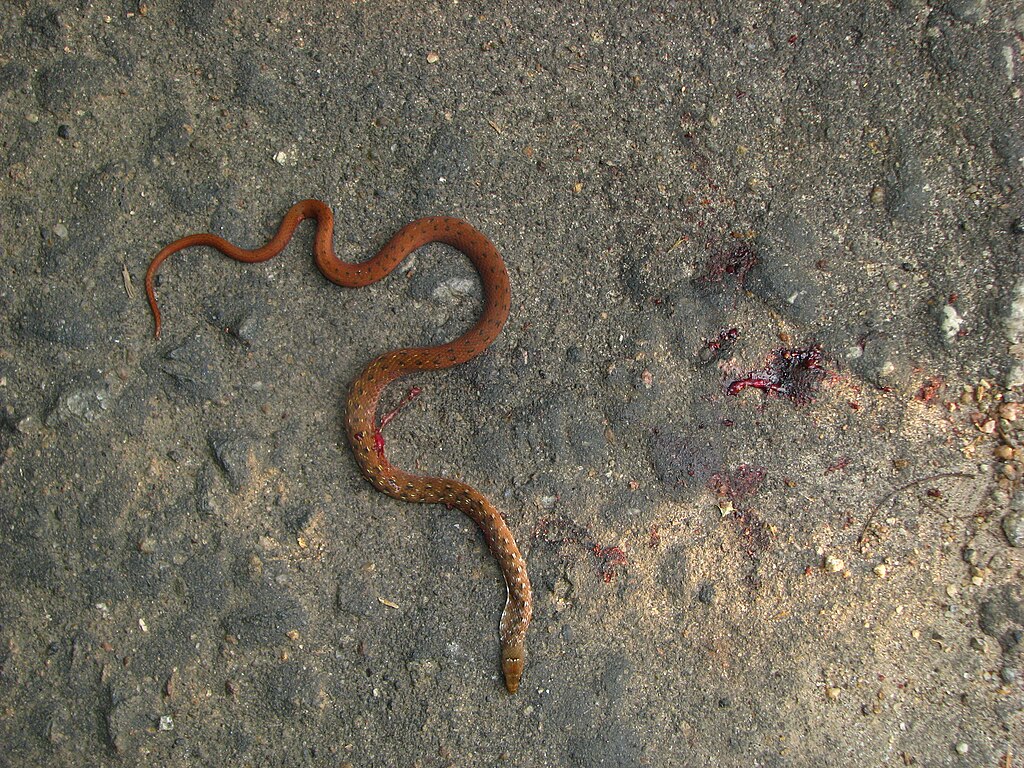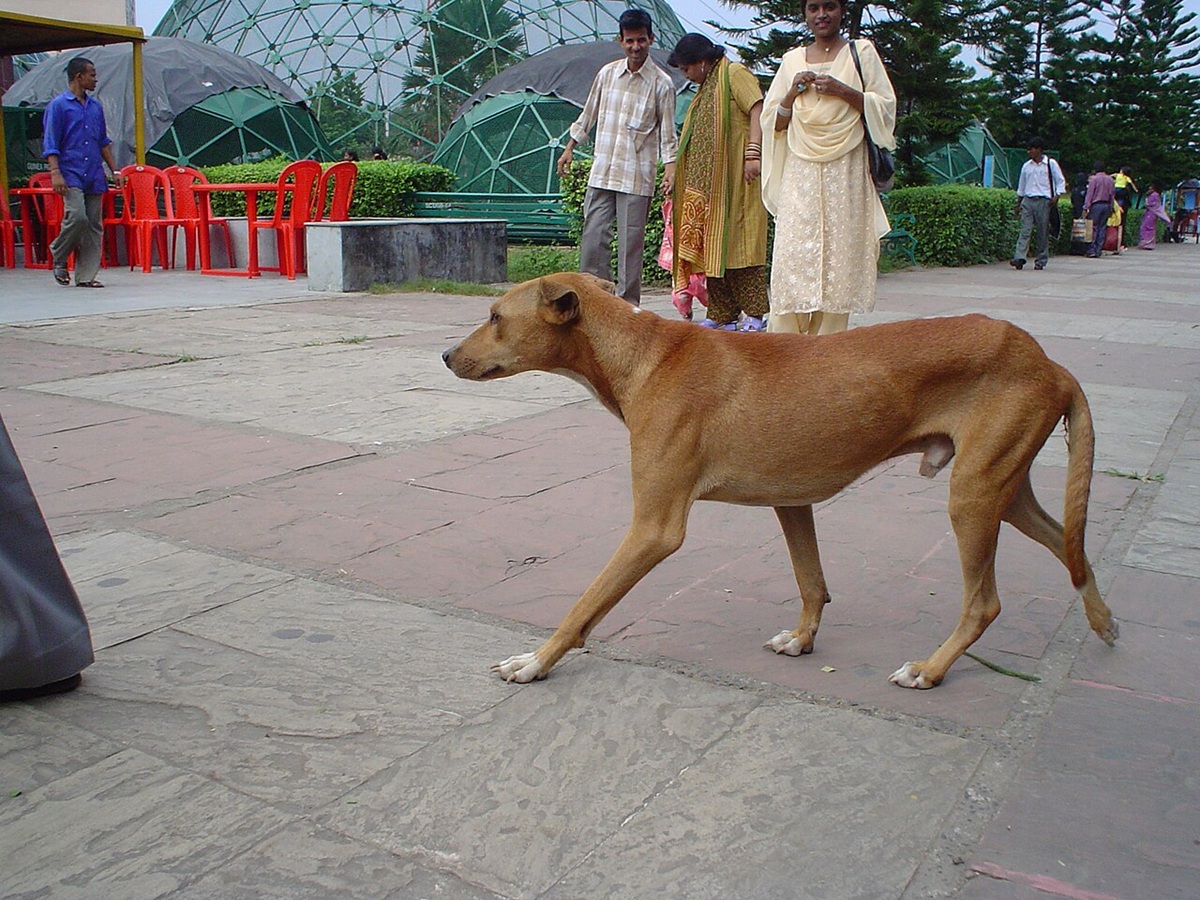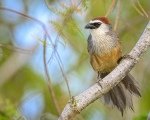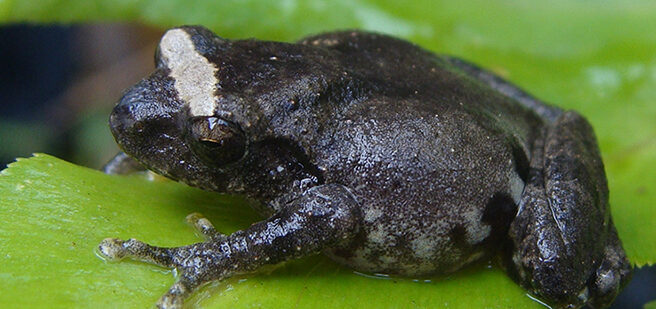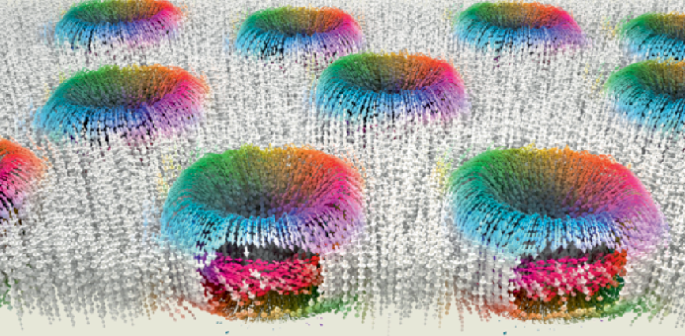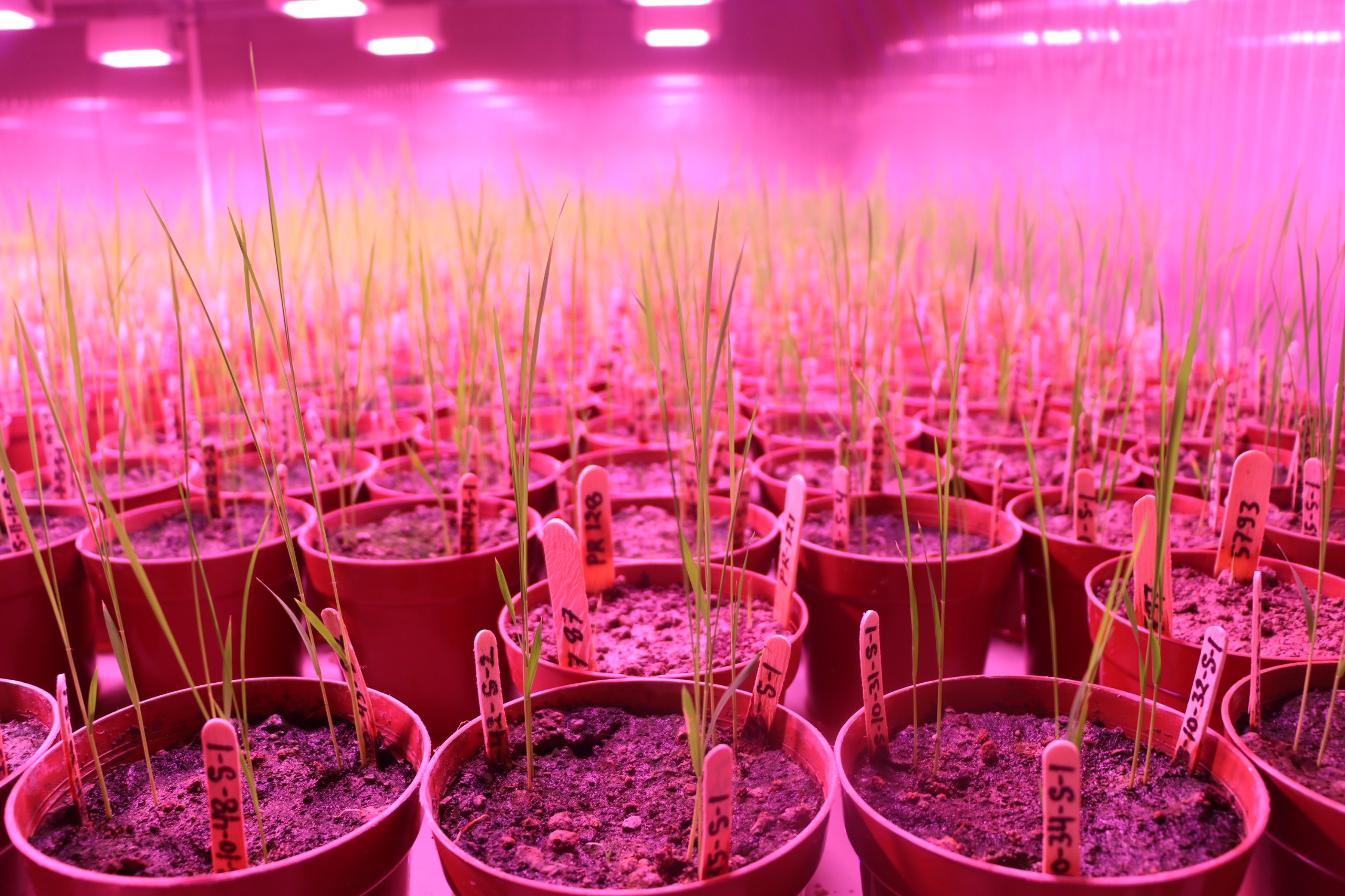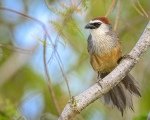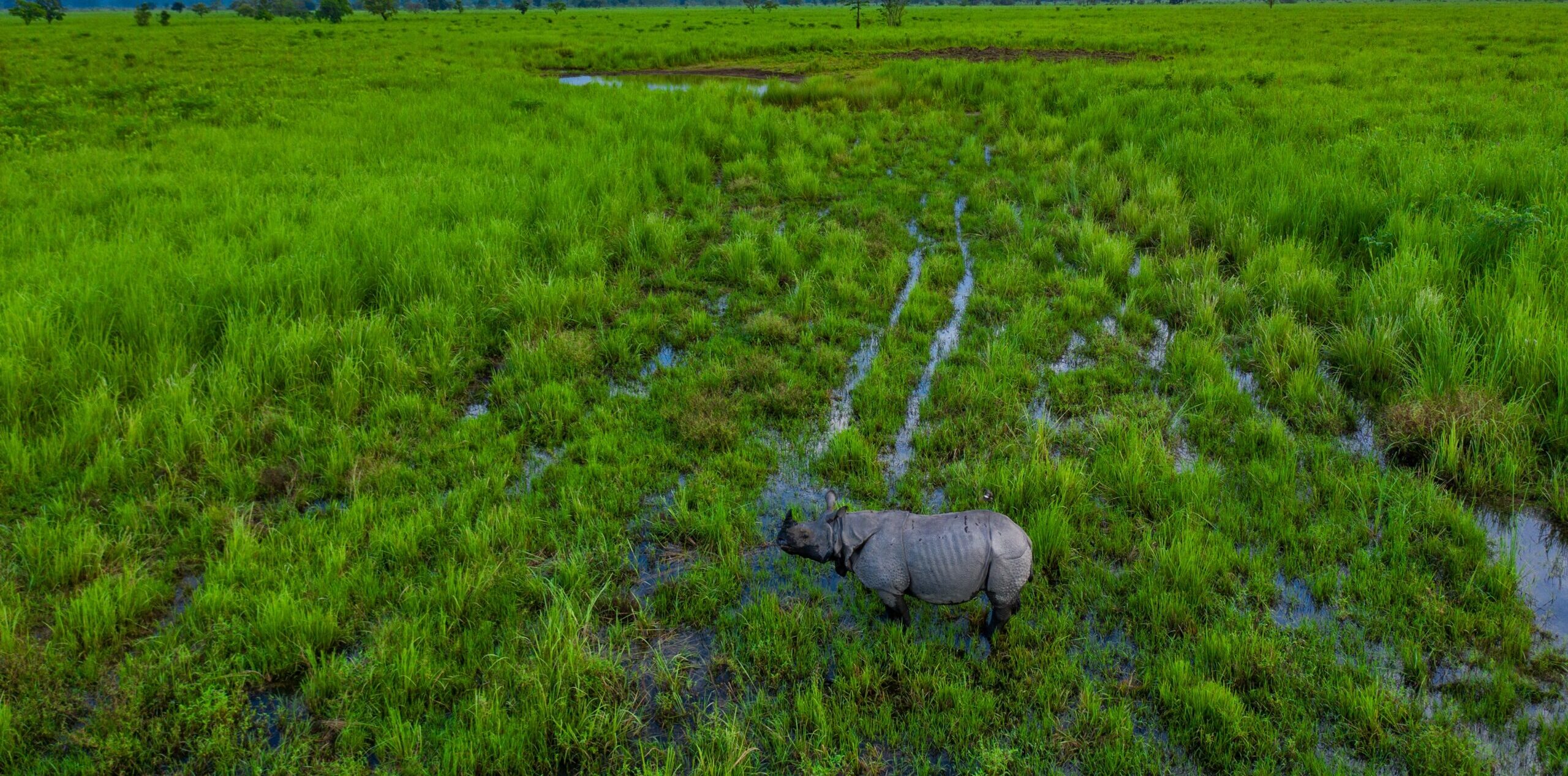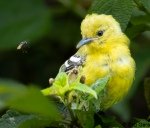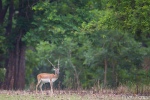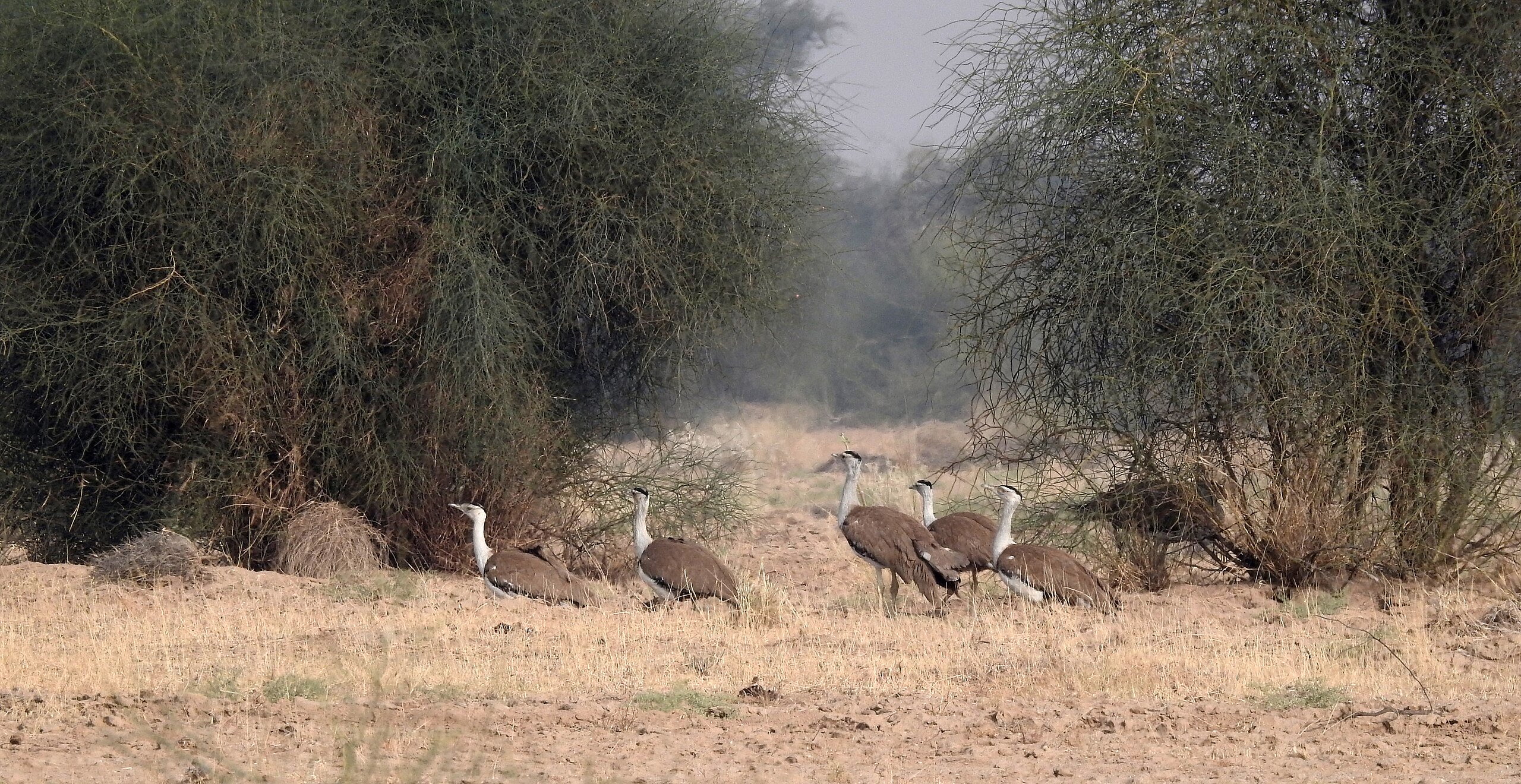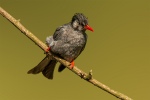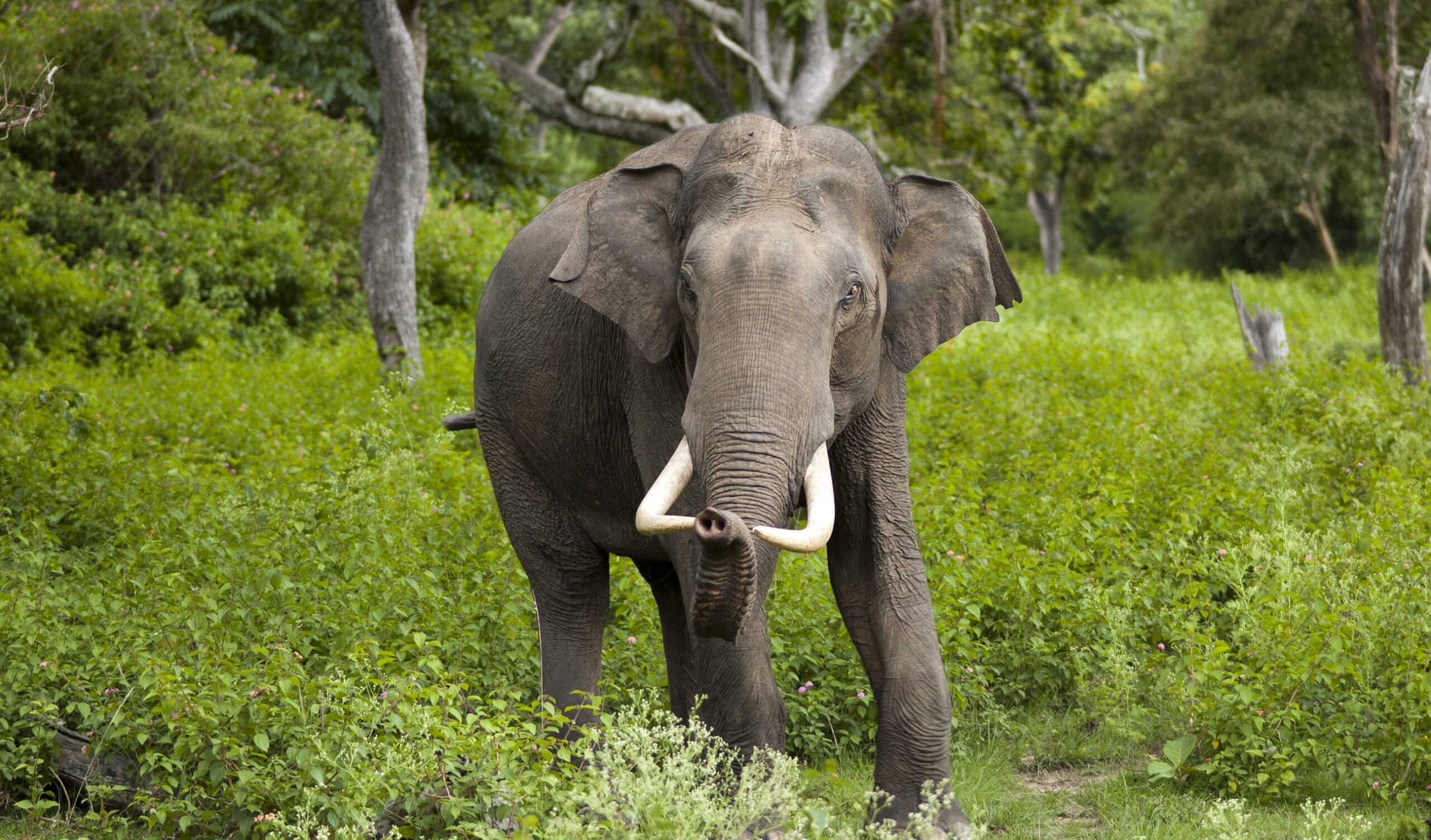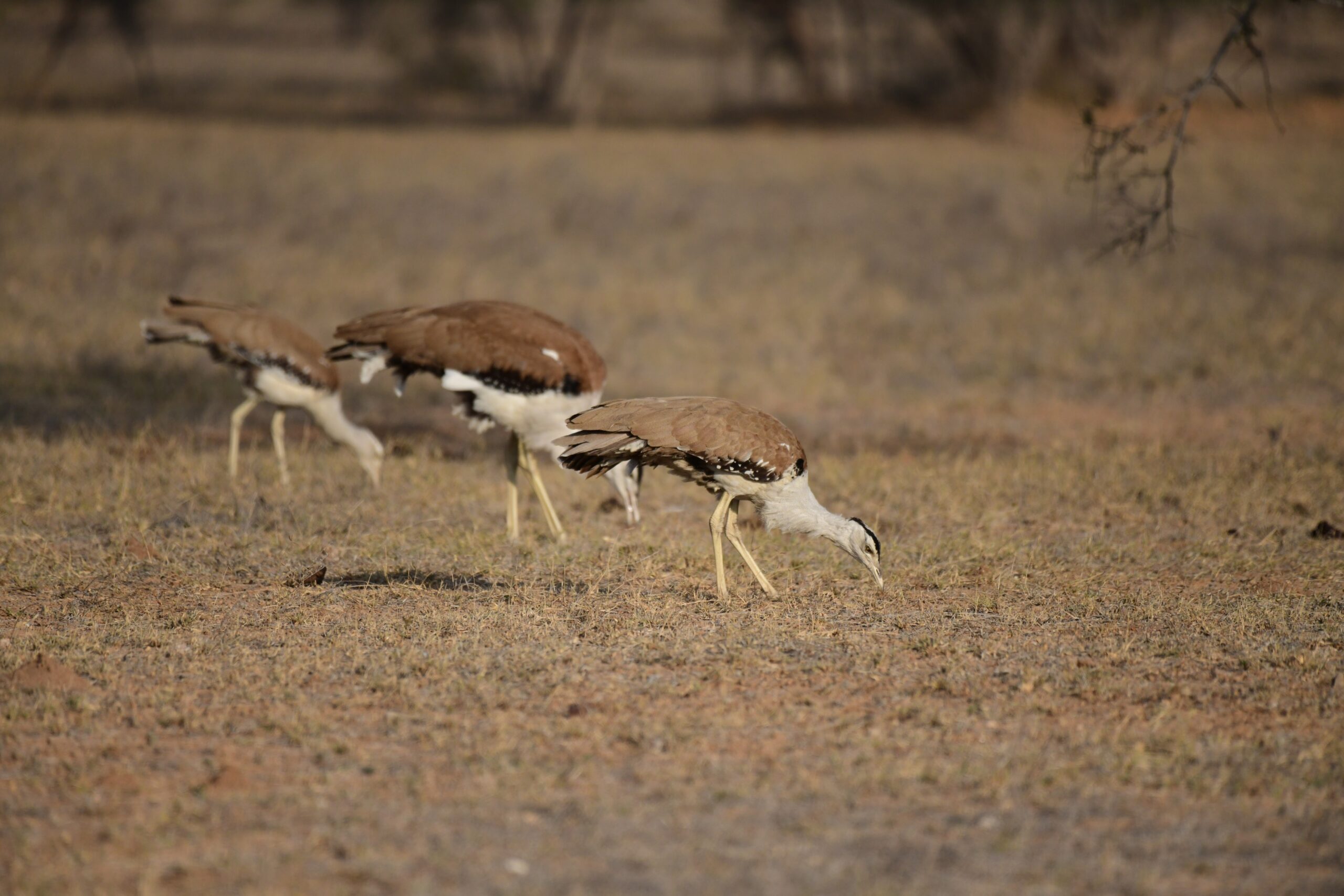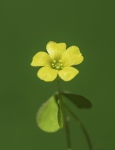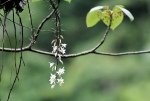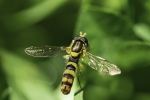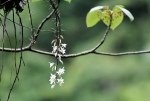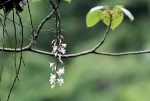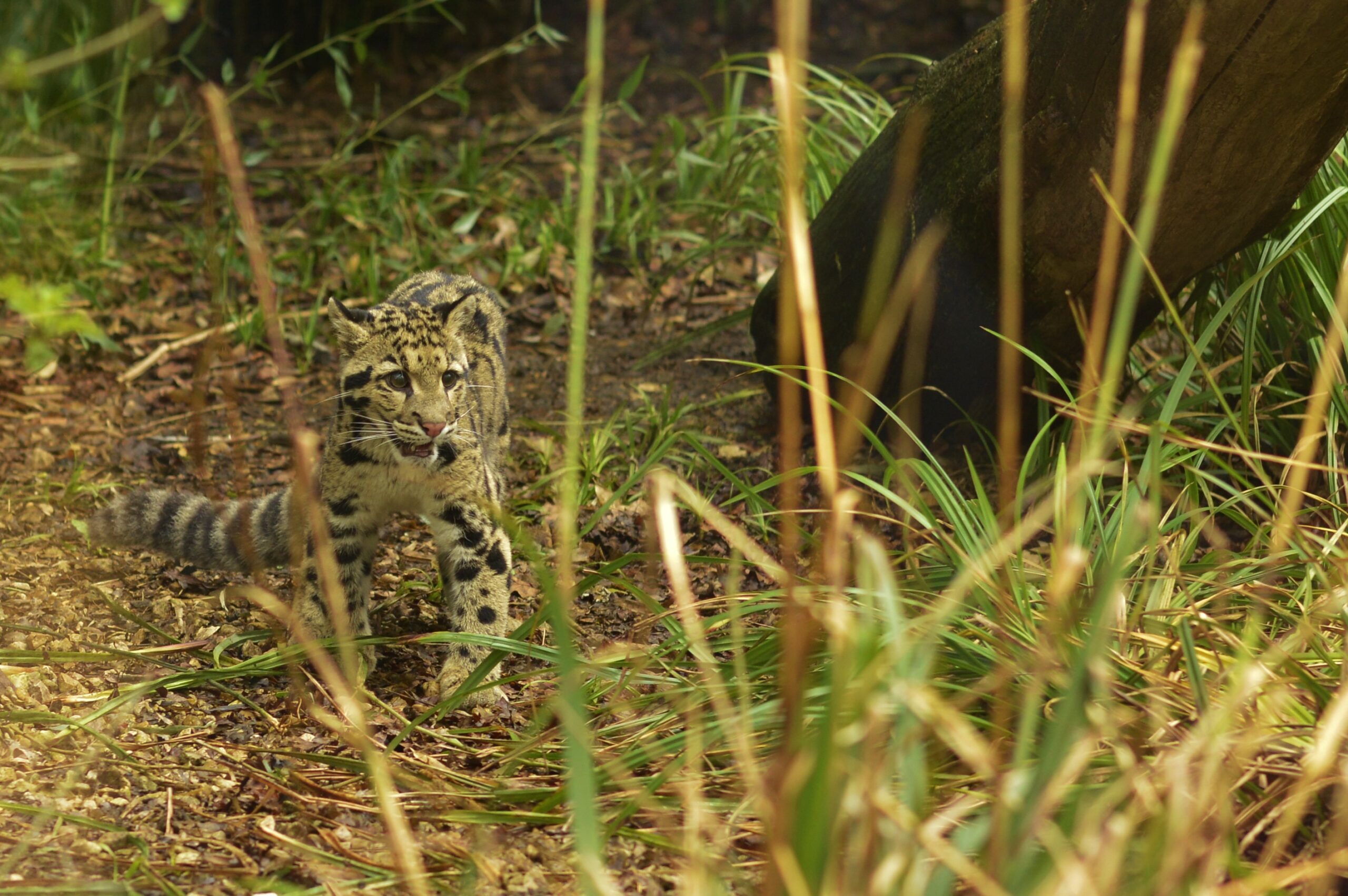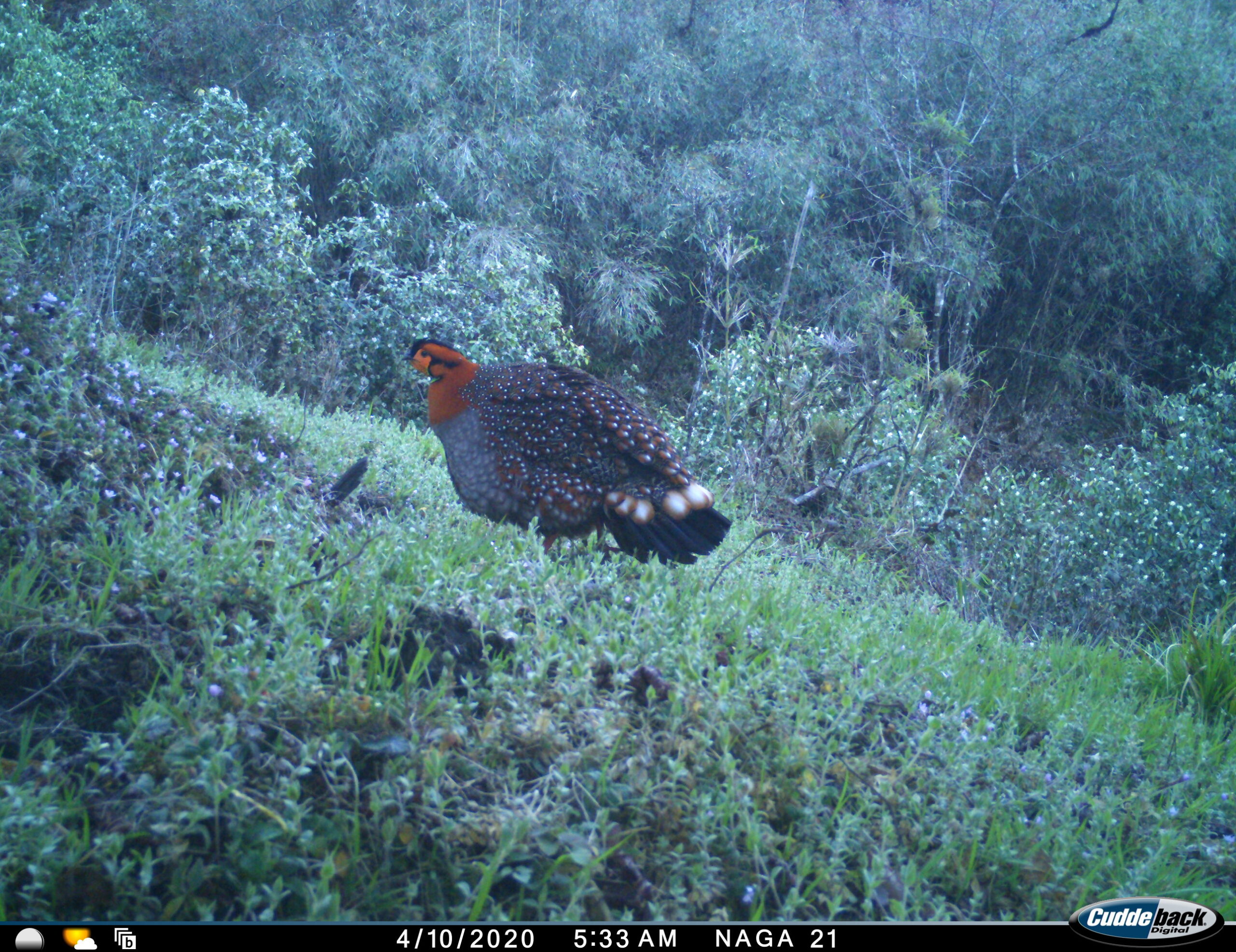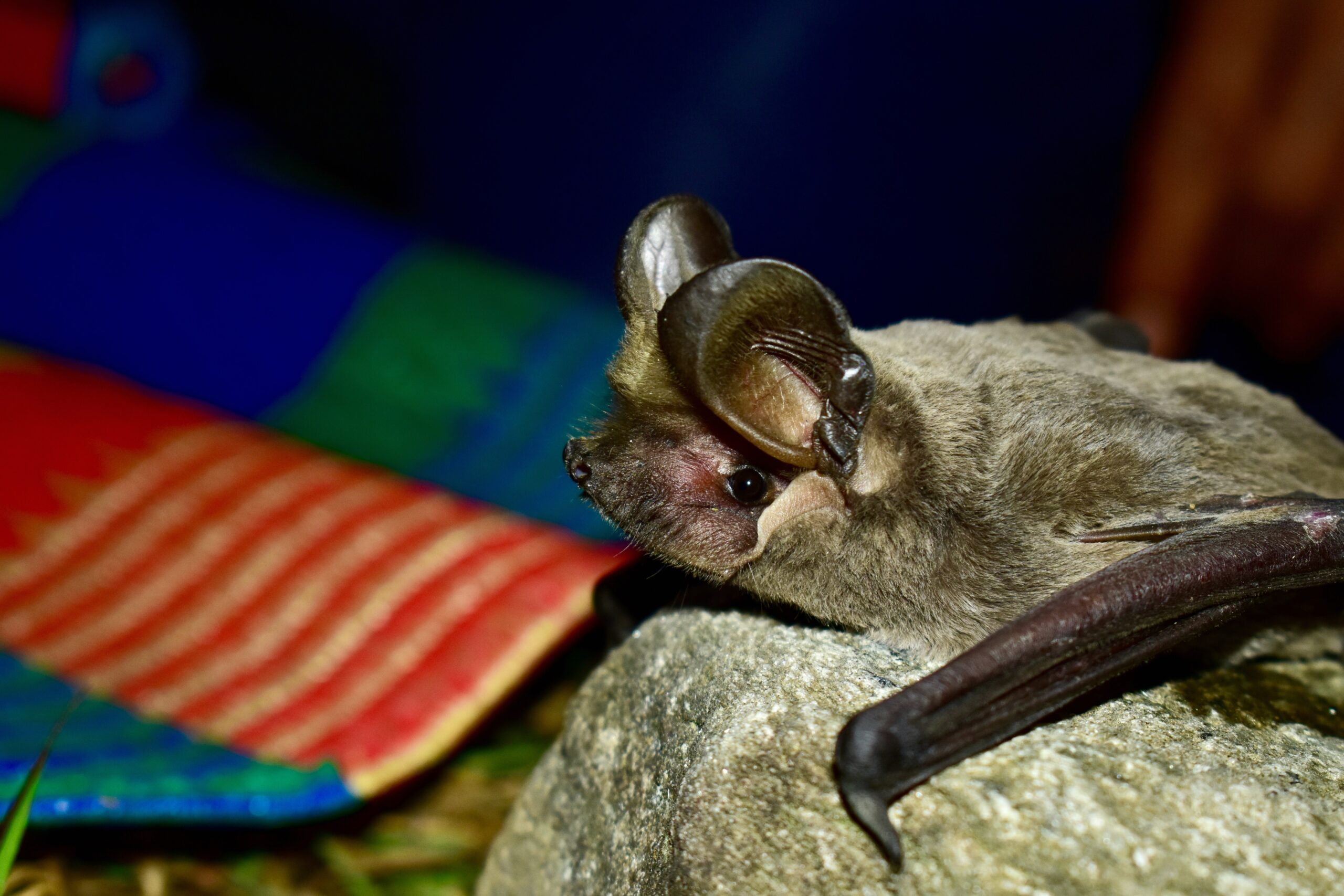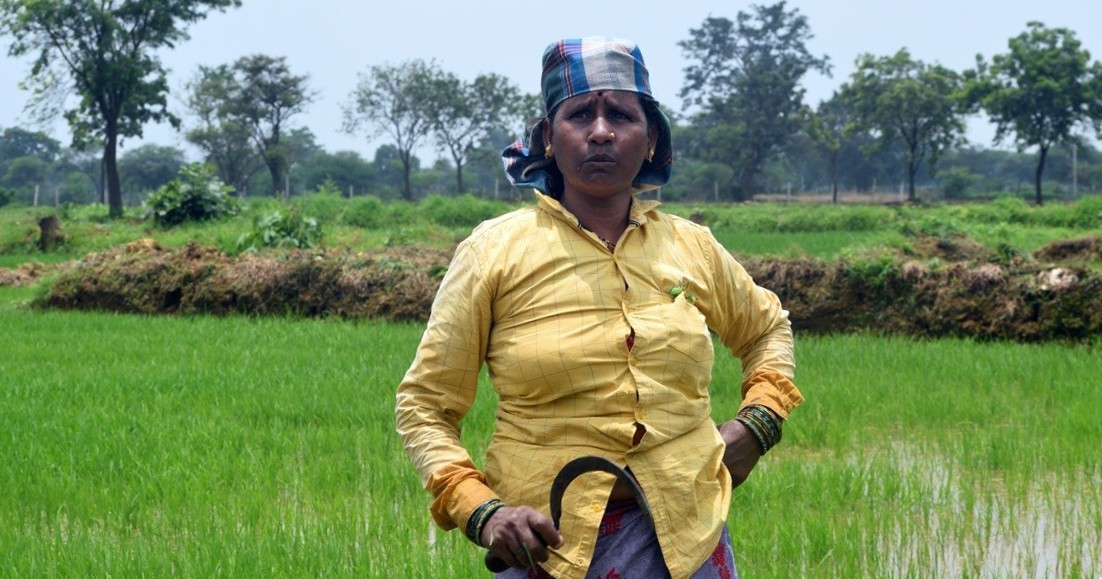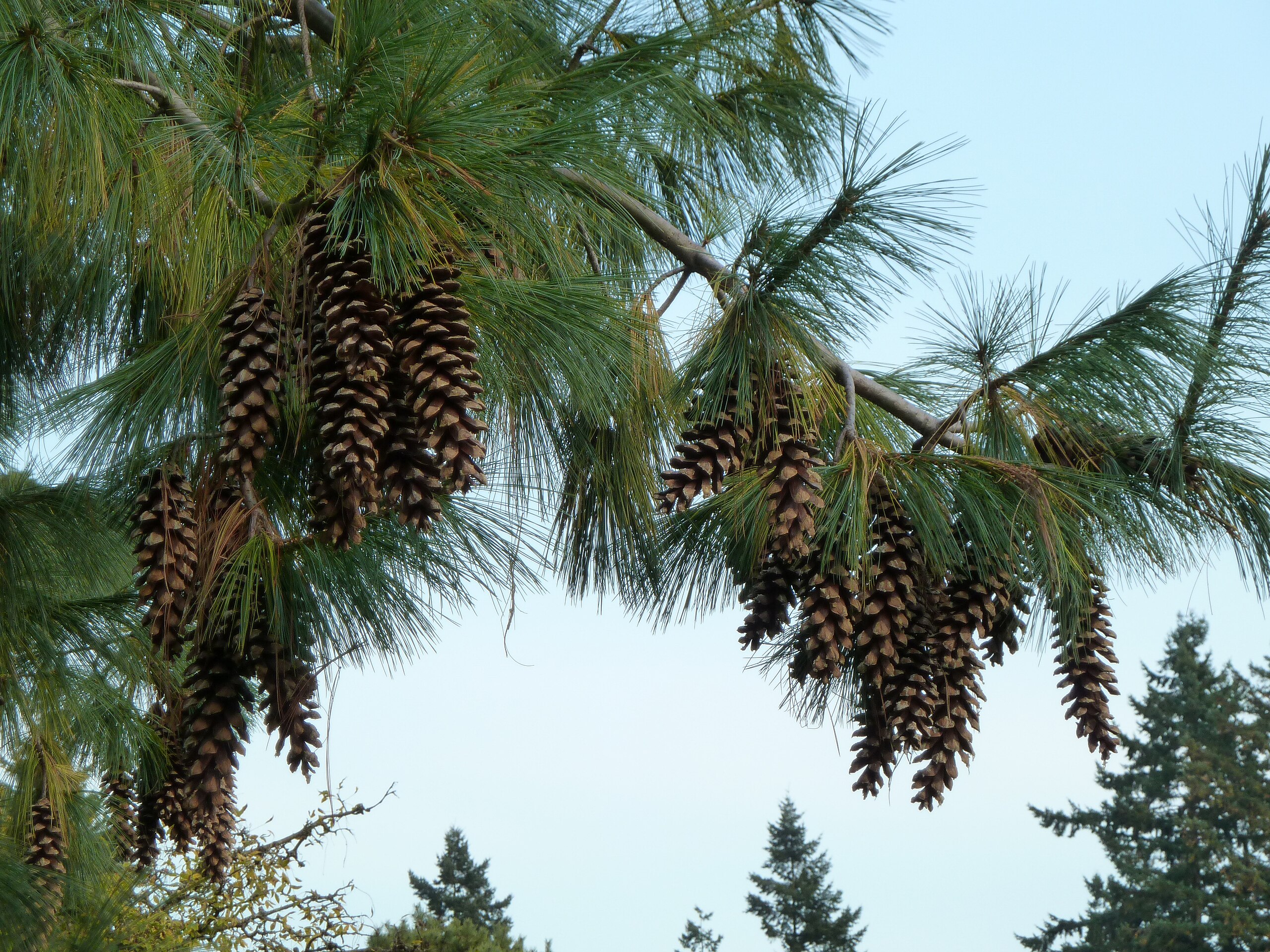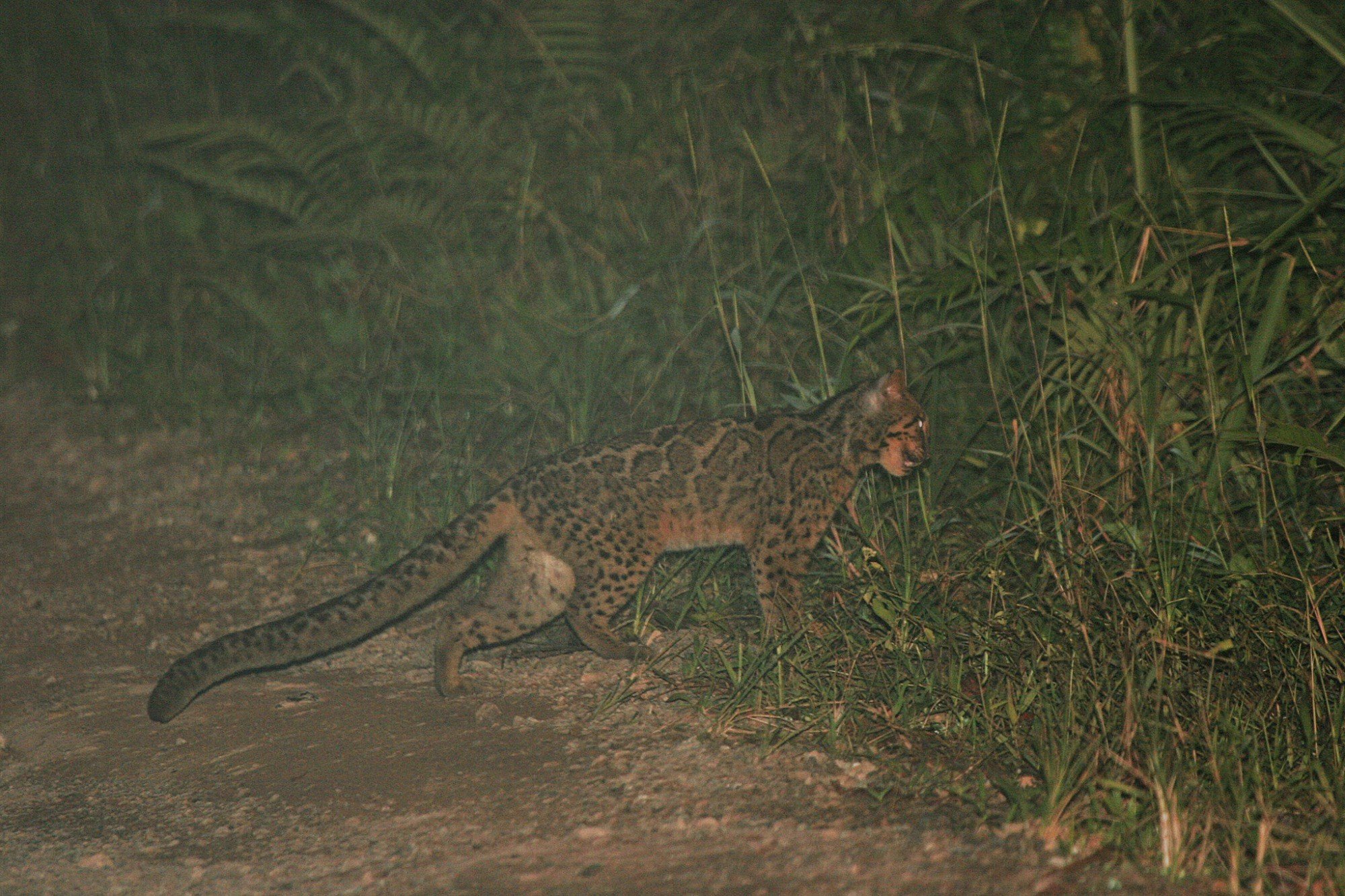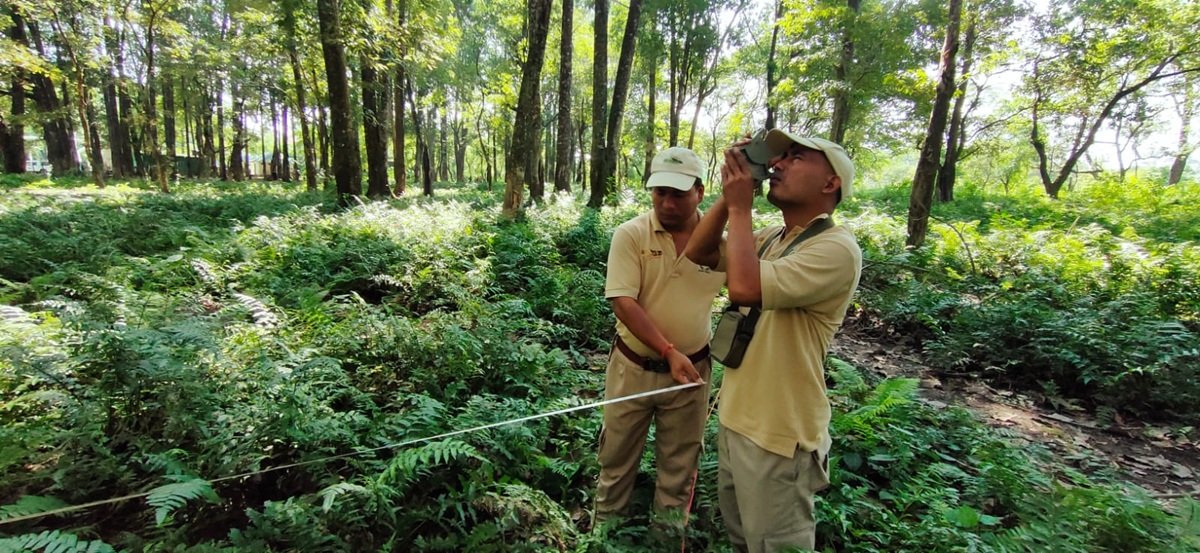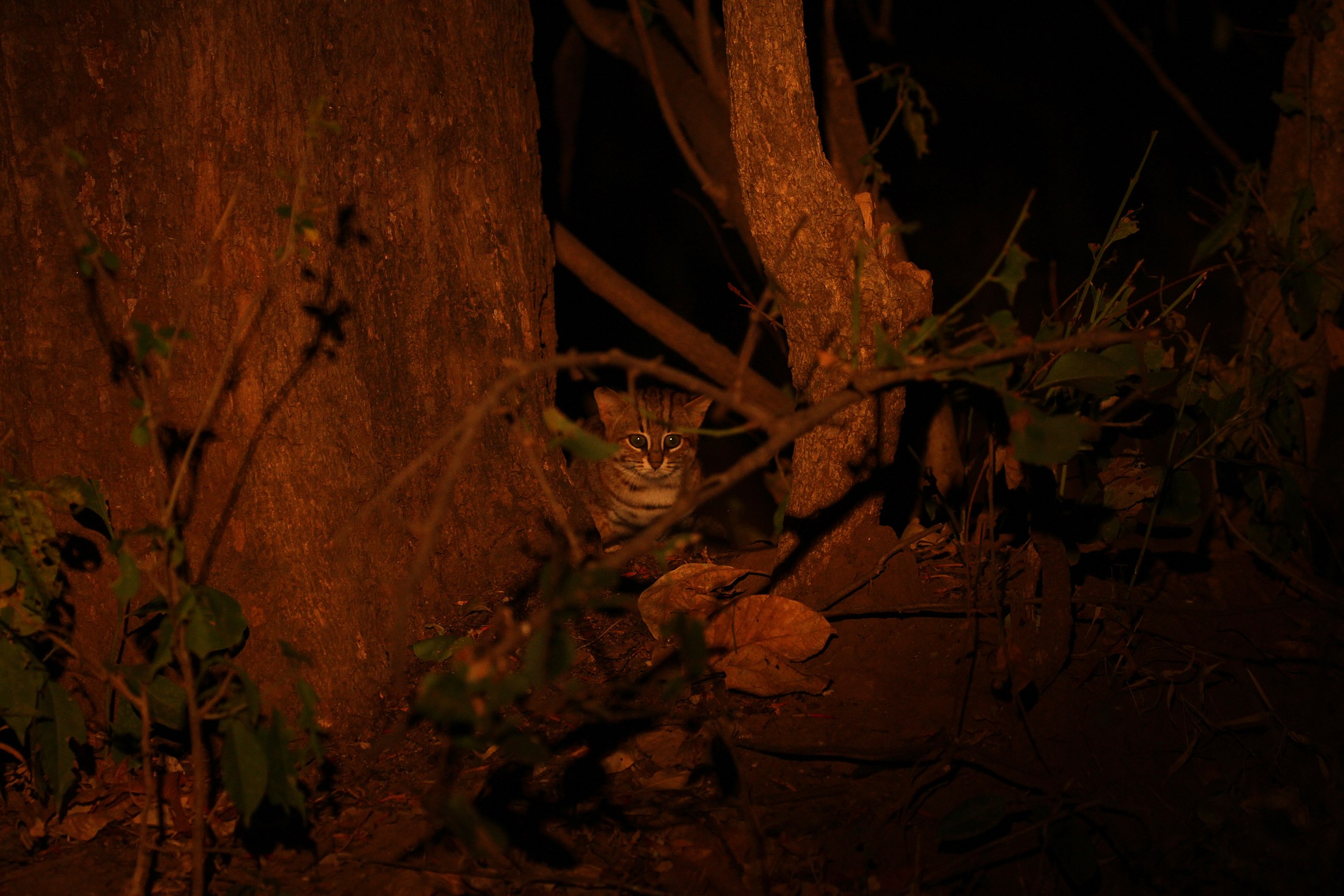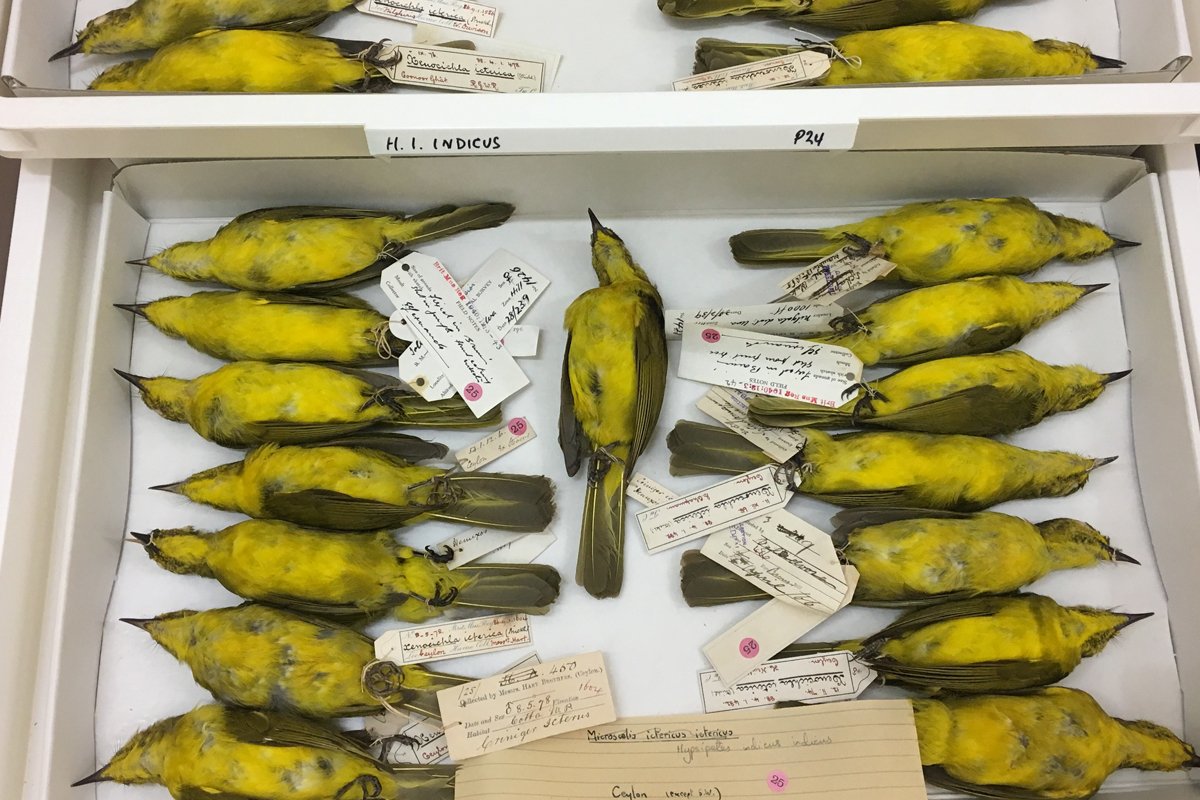

|
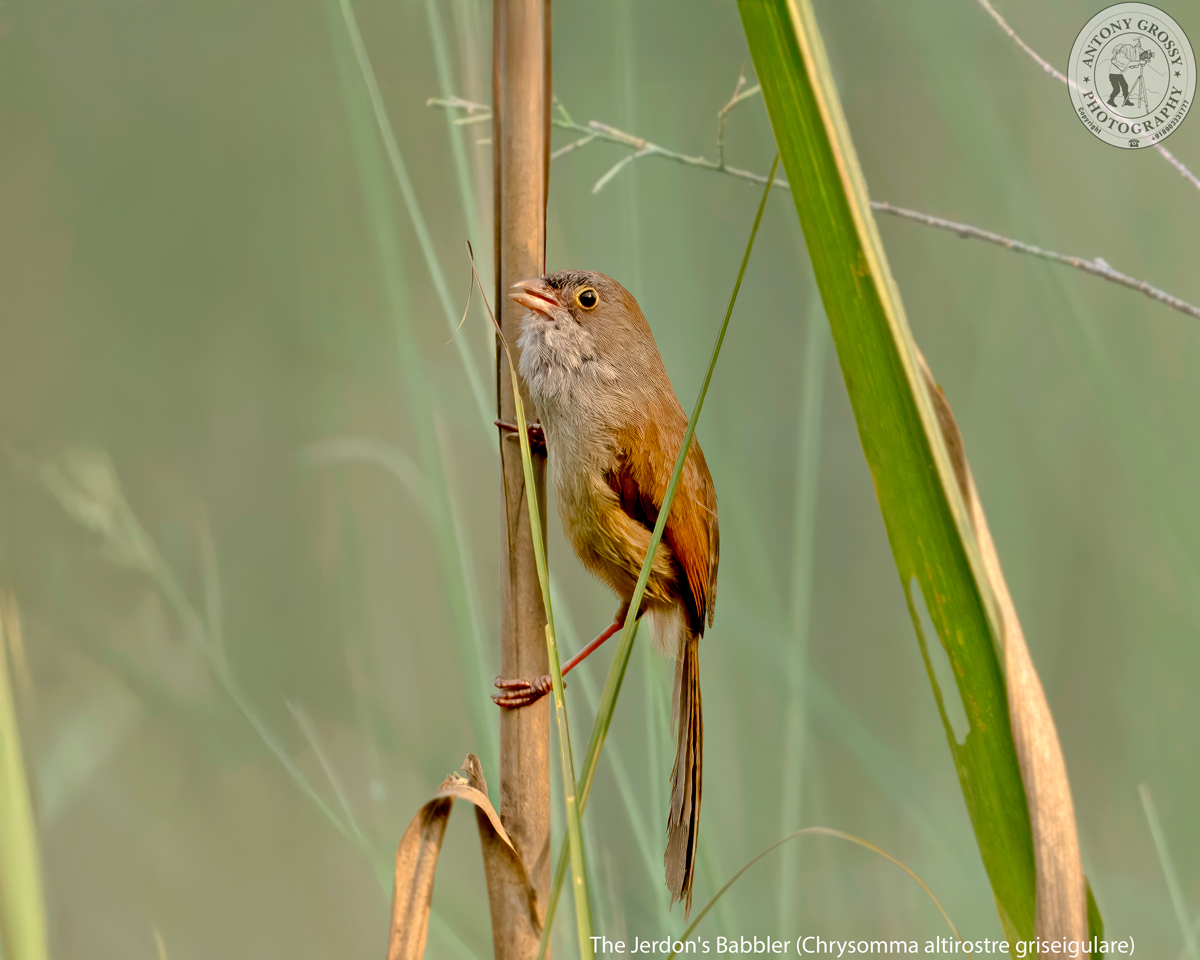 |
| Vulnerable and Fast Declining – The Jerdon’s Babbler |
| The Jerdon’s Babbler is a warm brown Babbler with a distinctive round-headed and short-billed profile. Extremely localized, restricted to disappearing patches of tall riverine grassland and reedbeds. Usually in pairs or small groups. Shy and skulking, typically best detected by its fluty, melodic song, but if seen well, due to its distinctive its grey face, pale throat, and golden spectacles. This species is in a rapid decline as a result of the extensive loss of tall, wet grassland habitat, primarily owing to drainage, conversion to cultivation and grazing by domestic stock and has been listed as Vulnerable on the IUCN Red List since 1994. . . . . . . . . . . . . …. ………….. ……………….. .. …. …. ……….. … …. ……….. … …. ………… ………….. ………… ………… ….. ………. …………. …….. ……………. …… …. …. ……….. … …. ……….. .. ………… ….. ………. …………. …….. ……………. … The Jerdon’s Babbler is a small, long-tailed bird of tall, seasonally inundated grassland habitats. Typically identifiable by its graduated tail, and greyish facial feathers and underparts, which start out grey before transitioning to buff-coloured near the belly. It measures between 16 to 17 cm in length and weighs about 24 to 28 gms. It presents a buffy chestnut brown plumage on its upper parts and a slightly paler yellowish-brown on its underparts. The lores, throat, and breast are a pale greyish hue, while the tail and a wing patch exhibit a more vivid reddish tone. It has a long tail, which it uses for balance, and its bill, which is thicker than that of typical warblers but not as robust as that of parrotbills. The bird’s legs and feet are dark, and it has a greyish-horn coloured bill with a paler underside. The eyes are yellowish-brown, surrounded by a thin ring of greenish-yellow skin. Both sexes are similar in appearance, with juveniles displaying a more orange tint to their upper plumage and a pinkish lower bill. . . . . . . . . . . . . …. ………….. ……………….. .. …. …. ……….. … …. ……….. … …. ………… ………….. ………… ………… ….. ………. …………. …….. ……………. …… …. …. ……….. … …. ……….. .. ………… ….. ………. …………. …….. ……………. … The Jerdon’s Babbler is a specialist of tall, wet grasslands in riparian floodplains, the three subspecies of Jerdon’s Babbler occur across a disjunct range in Pakistan, Nepal, India and Myanmar, and may formerly have also occurred in Bangladesh. It is a presumed resident, inhabiting river floodplain tall grassland and reedbeds (2 to 4 mtrs high), often seasonally inundated or in close proximity to rivers and pools. It prefers dense, contiguous, undisturbed stands of grass and generally avoids drier, semi-open, short grassland habitat with scattered bushes. It is unobtrusive and usually encountered in pairs or small groups. . . . . . . . . . . . . …. ………….. ……………….. .. …. …. ……….. … …. ……….. … …. ………… ………….. ………… ………… ….. ………. …………. …….. ……………. …… …. …. ……….. … …. ……….. .. ………… ….. ………. …………. …….. ……………. … Typically, when foraging and not singing, tends to remain hidden within the dense grassland at mid-levels, only rarely coming close to the ground. Occasionally, species may ascend to the tops of grass stems in search of food, but more commonly it is found on horizontal long leaves or branches, where it obtains food. Diet includes ants and small beetles, grasshoppers as well as small seeds and vegetable matter. Tends to forage in pairs or small parties in tall grass, moving quickly and quietly through the grass stems. Typically ascends or descends these stems or along branches sideways, sometimes hanging almost upside-down. When foraging, tends to obtain food from the base of leaves and at bends in the middle of the leaf blade. Will take hold of these leaves and pull, or glean from the undersides of the leaf blade. . . . . . . . . . . . . …. ………….. ……………….. .. …. …. ……….. … …. ……….. … …. ………… ………….. ………… ………… ….. ………. …………. …….. ……………. …… …. …. ……….. … …. ……….. .. ………… ….. ………. …………. …….. ……………. … Its song is a weak 4 to 8-note warbling chi-chi-chi-chew-chew-chew, tew-tew-tew-tew chew or ih-ih-ih-ih chew chitit chew i’wwiuu, with a drawn-out end note and sometimes starting with a chatter of itch, itit or tchew. Birds sing usually in the early morning and in the evening, perching upright on a reed, with the head slightly elevated “tsut-tsueet-tsueet-tsueweeet-tsweeeeeeeet-tsweeeeeeeeeeeeeeet” or “tew-tew-tew-tewwww-tewwwwww,” where each subsequent note is somewhat longer and also somewhat lower in frequency than the previous one. Calls include a short tic or tsik, sometimes extended into a series ts-ts-tsik which may end in a plaintive tew. . . . . . . . . . . . . . . . . . . . . . . . . . . . . . . . . . . . . . . . . . . . . . . . . . . . …………………….. ………………………………………………………………… ………………………………………………………………………………………………………………………………………………………………………………………….. ………………………………. .. ……… …… … …. ……….. Description Credit Birds of the World (The Cornell Lab), Oiseaux, Birda, Animalia, Birds of India | Bird World, Bird Count India & Wiki. |
  |
|
|



